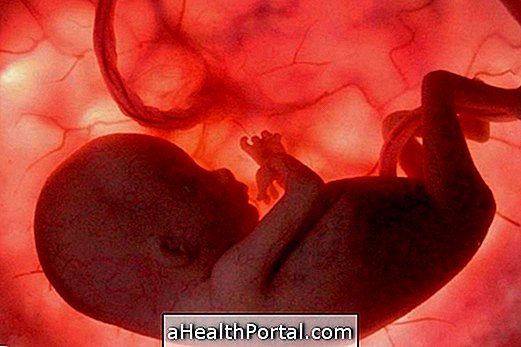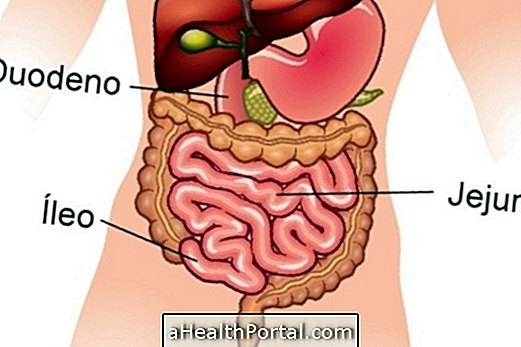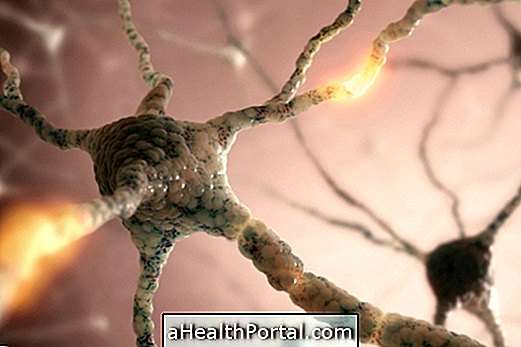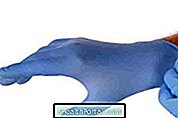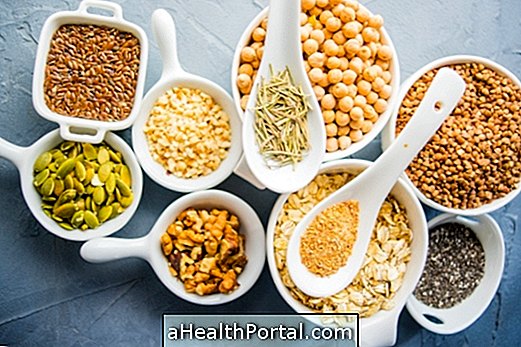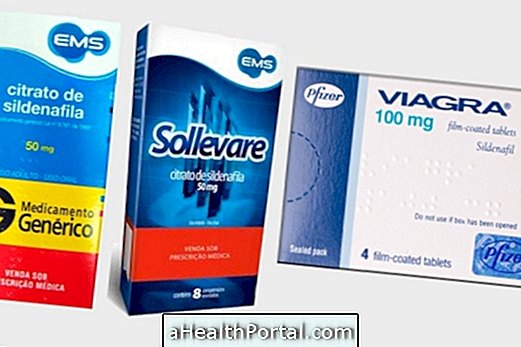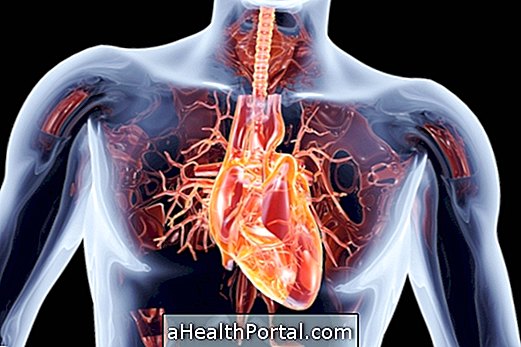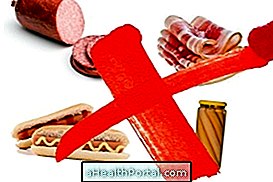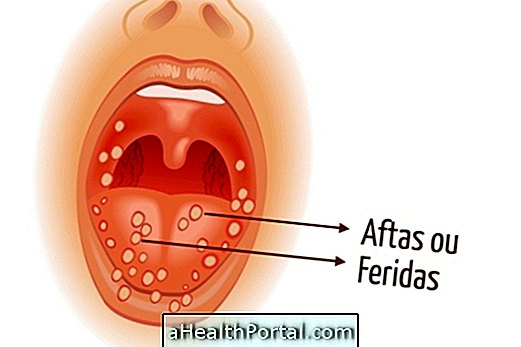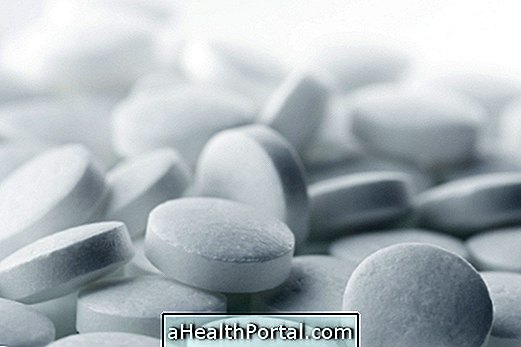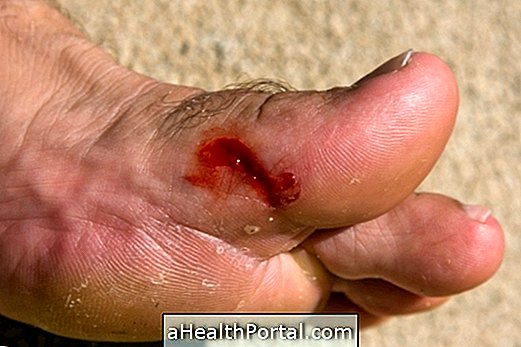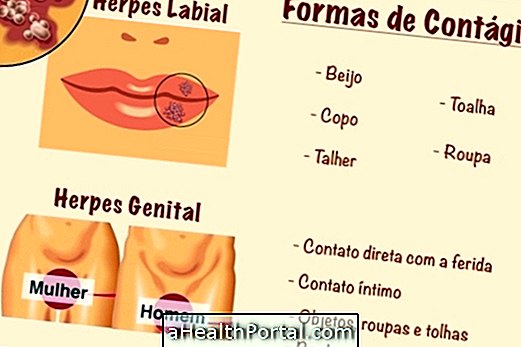Kwashiorkor malnutrition is a nutritional disorder that occurs most often in regions where people are starving, such as sub-Saharan Africa, Southeast Asia and Central America, occurring more often in flood, drought or political times, for example .
This syndrome occurs due to poor nutrition caused by lack of protein in the diet, and can cause symptoms such as weight loss, changes in skin color and hair and swelling in the feet and belly.
Pure kwashiorkor is characterized by inadequate protein intake, in the presence of adequate caloric intake, and may be confused with Marasmus, which consists of a disease caused by a diet low in carbohydrates and fat. However, there is also malnutrition of the Kwashiorkor type marasmus, in which there is a great nutritional poverty of proteins, fats and carbohydrates. Find out what marasmus is, what the symptoms are and how the treatment is done.
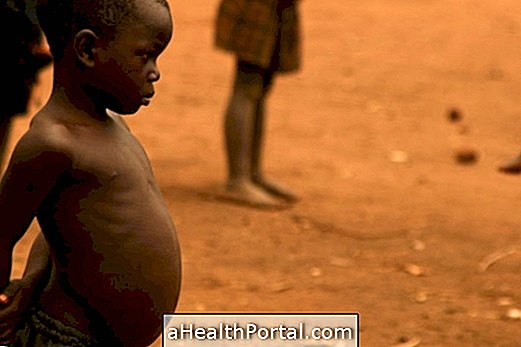
Possible causes
This disease is caused by a deficiency of protein in the diet, very important for the body's cells, which contain protein that is needed to repair cells, produce new cells and very useful in metabolic processes. In addition, proteins are also very important in childhood, during growth and in pregnancy, so in its absence, growth and body functions are compromised. Here's how to tell if your child is at the right weight.
When Kwashiorkor occurs, for example, in the United States, it can be a sign of abuse, neglect or diets that are very high in fats and are therefore more common in children and the elderly. However, it may also be a sign of another condition, such as HIV.
What are the symptoms and symptoms
The most common signs and symptoms that can occur in people with this disease are:
- Changes in skin and hair color;
- Tiredness;
- Diarrhea;
- Loss of muscle mass;
- Deficiencies in growth or weight gain;
- Swelling of the ankles, feet and belly;
- Immune system disorders;
- Irritability;
- Rash;
- Extreme thinness;
- Shock.
In addition to these symptoms, people with this disease usually also have enlarged liver, which is a disease also known as hepatomegaly. Learn more about increased liver.
In addition, these people often have specific micronutrient deficiencies, such as vitamins A and D, folic acid and iron, and one or more essential nutrients for growth, including protein, electrolytes, and zinc. For all these reasons, they may also suffer from numerous associated complications, being more susceptible to infections, especially sepsis, pneumonia, and gastroenteritis.
What is the diagnosis
If Kwashiorkor disease is suspected, the doctor can examine the size of the liver and also see if there is swelling in the feet, ankles and belly, which is very characteristic of this disease.
In addition, the doctor may also perform blood and urine tests to measure signs of malnutrition by assessing blood sugar and protein levels.

How is the treatment done?
This disease can be easily treated if you ingest more protein and more calories in a nutritionally balanced way, but treatment should start as soon as possible.
First, foods with a higher carbohydrate and fat content should be eaten and after sufficient energy intake from these foods, you should introduce high-protein foods. The calories should be increased gradually so that the body adjusts to this nutritional boost. Your doctor may also recommend adding vitamin and mineral supplements to your diet.
Even with this treatment, children who have had Kwashiorkor disease may never reach their potential growth and weight gain. This happens very often when the treatment is done too late and can cause permanent physical and mental disabilities in the child.
If left untreated, this disease can lead to coma, shock, and death.
How to feed
After gradual adaptation, foods with amounts of protein, fat and carbohydrates should be consumed in an adequate ratio.
Proteins can be found in foods such as seafood, eggs, meat, beans, nuts and seeds, for example. Get to know more protein-rich foods.
